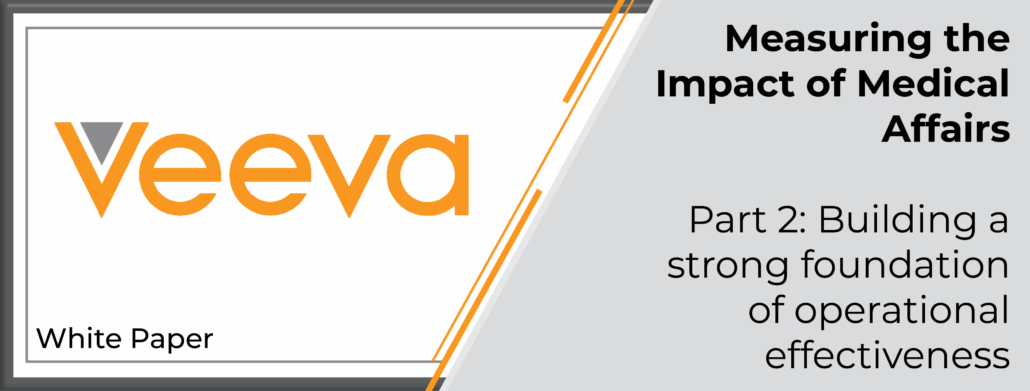Measuring the Impact of Medical Affairs – Part 2: Building a strong foundation of operational effectiveness
We recently introduced our medical impact model, a practical approach to measuring medical impact. The foundation of this model, operational effectiveness, focuses on the activity and productivity measures of the medical affairs organization and is the subject we will address in this paper.
As with any foundation, the stronger it is, the better you can build on it, and the better it will support your success moving forward. Therefore, it’s essential to execute these foundational measurements well so your organization can both operate efficiently and measure impact in more complex areas – those closer to the patient – including changing medical practice and improving patient outcomes.
We’ve brought industry leaders together to share best practices and learnings to help medical affairs teams build — or strengthen — their operational foundation. They’ll advise on topics like leveraging data and technology, securing buy-in from internal stakeholders, telling your story, and, most importantly, getting started.





